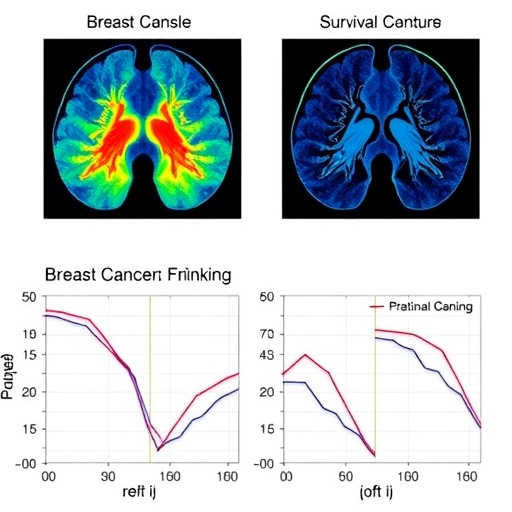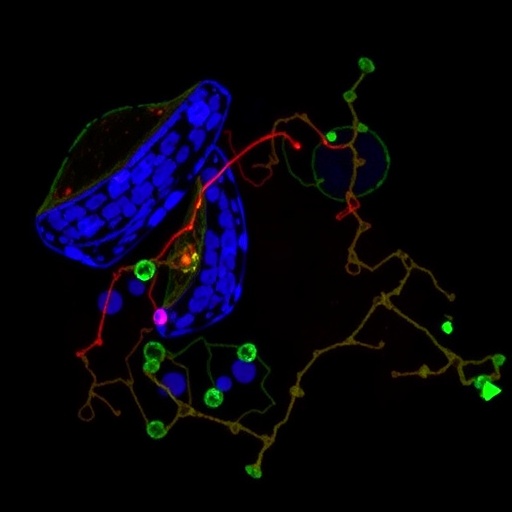Philadelphia, March 25, 2024 – Food insecurity among college students is associated with negative physical and mental health and lower academic performance and graduation rates. A recent research study in the Journal of Nutrition Education and Behavior, published by Elsevier, investigates why over half of college students eligible for the Supplemental Nutrition Assistance Program (SNAP)—the nation’s largest food assistance program—do not apply.

Credit: Journal of Nutrition Education and Behavior
Philadelphia, March 25, 2024 – Food insecurity among college students is associated with negative physical and mental health and lower academic performance and graduation rates. A recent research study in the Journal of Nutrition Education and Behavior, published by Elsevier, investigates why over half of college students eligible for the Supplemental Nutrition Assistance Program (SNAP)—the nation’s largest food assistance program—do not apply.
Lead study author Suzanna M. Martinez, PhD, MS, Department of Epidemiology and Biostatistics, University of California San Francisco, explained, “In California, SNAP is known as CalFresh and despite policies and communication to improve college students’ access to CalFresh, participation remains low, with approximately 78% of those eligible not receiving benefits.”
While CalFresh benefits are paid by the federal government, county agencies are responsible for implementing policies, determining eligibility, processing applications, and distributing funds. This study conducted focus groups and interviews with county staff to determine how agency workers interpret the complex criteria for students to meet SNAP eligibility. Questions focused on how students’ applications differed from community applicants, steps taken when processing student applications, student-specific training, and suggested improvements to the process.
Five central themes were identified in interviews: (1) a need for more consistency in policy dissemination and program administration, (2) student exemptions and the application process are perceived as challenges for students, (3) facilitators of successfully processing student SNAP applications, (4) tracking policy changes is burdensome, and (5) eliminate the student rules.
Study findings illustrate that SNAP rules are challenging for students as well as those involved in the implementation of the rules. Also, eligibility requirements written over 50 years ago, based on the assumption that college students are primarily from middle-class families, are outdated. The research supports simplifying the student SNAP process to increase participation for eligible students, especially for historically minoritized racial and ethnic groups and low-income students for whom equitable access to SNAP benefits is critical.
Dr. Martinez added, “The timing of this study resulted in a natural experiment since COVID-19–related SNAP modifications streamlined the student application process and reduced administrative burden. These modifications alleviated some challenges discussed by county workers, confirming existing opinions to eliminate the student rules.”
Journal
Journal of Nutrition Education and Behavior
DOI
10.1016/j.jneb.2023.12.004
Method of Research
Survey
Subject of Research
People
Article Title
SNAP Student Rules Are Not So Snappy: Lessons Learned From a Qualitative Study of California County Agency Workers




